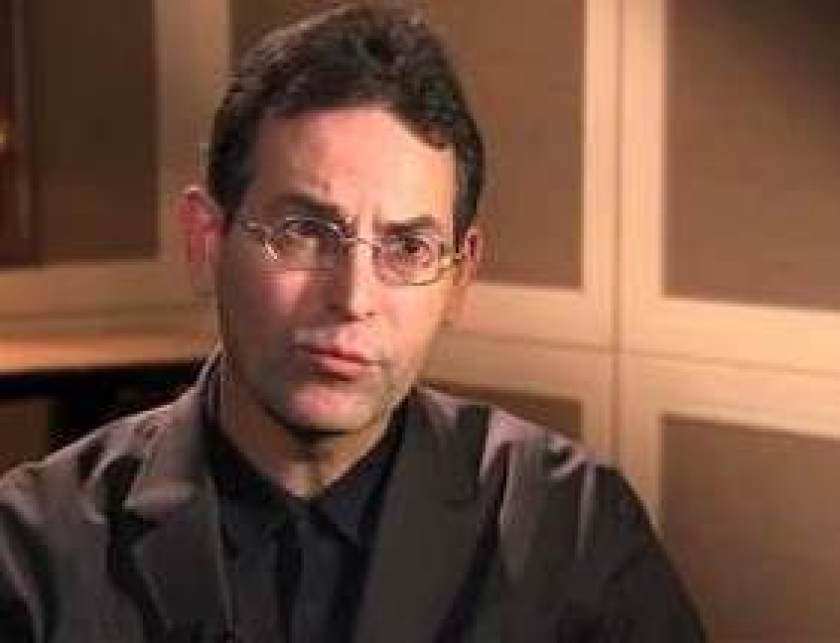The Mayo Clinic has an opportunity to “define a digital health platform for the planet,” contends John Halamka, MD, who will spearhead efforts to scale the provider’s capabilities worldwide.
On Tuesday, the Mayo Clinic announced that Halamka—who most recently served as executive director of the Health Technology Exploration Center for Beth Israel Lahey Health—will be joining the Rochester, Minn.-based healthcare organization on January 1.
“As president of the Mayo Clinic Platform, I lead a portfolio of new digital platform businesses focused on transforming health by leveraging artificial intelligence, the Internet of Things and an ecosystem of partners for Mayo Clinic,” Halamka wrote in a blog on Wednesday.
The platform is an initiative of Gianrico Farrugia, MD—the Mayo Clinic’s new president and CEO—who is co-author of Think Big, Start Small, Move Fast: A Blueprint for Transformation From the Mayo Clinic Center for Innovation, which lays out the need for change in healthcare delivery.
“Farrugia worked with all the stakeholders at Mayo to develop a 2030 plan to transform the entire leading-edge organization into a digitally enabled place,” Halamka said in an interview with Health Data Management. “The idea behind the Mayo Clinic Platform is to accelerate this transformation by fostering collaboration and harnessing apps and services that ride on that platform.”
Halamka says his nearly 25 years in Boston—including more than 20 years as chief information officer at Beth Israel Deaconess Medical Center—is a “very good fit” for leading the Mayo Clinic Platform with collaborators across the globe.
“Mayo’s vision is to now make it easy to do things like healthcare in the home, digital diagnostics and clinical decision support to very large scale,” says Halamka. “I look at it as taking Boston lessons learned and now sharing them with a much broader audience.”

Writing in his blog on Wednesday, Halamka said he sees the Mayo Clinic Platform as an “innovation factory” for collaboration—leveraging technology, policies and people—to radically shorten the time to evaluate emerging companies.
“As an adviser to many startups, incubators and accelerators around the world, I’ve experienced the barriers and enablers to innovation,” writes Halamka. “Launching a pilot can take 6 months just to work through approval processes. Sometimes, academic medical centers can take as long as 18 months to formalize a proof of concept project.”
According to Halamka, the Mayo Clinic’s goal is to deliver high-quality care to as many people as possible without necessarily adding facilities and increasing its staff.
“If the digital platform is successful, when you ask what is the address of the Mayo Clinic—the answer is it’s in your phone in your hand,” he says. “That is to say that you can access the care, professionals and knowledge you need digitally. Some of the visits, of course, will still be in person. But much of it will be available virtually. Healthcare over the next 10 years is not about bricks and mortar. It’s about the delivery of digital services that meet the patients where they are.”
While Halamka does not start his new position at Mayo until January 1, he is taking personal time off this month to volunteer at the main campus in Rochester to meet “stakeholders at every level of the organization” and “listen to their hopes and needs for Mayo Clinic Platform projects.”
Although there are many potential projects that will be considered, Halamka says the Mayo Clinic Platform will initially focus on three efforts—healthcare in the home, advanced digital diagnostics and clinical data analytics.
“There will be many more projects, but we have to approach this with humility because you can’t boil the ocean,” he remarks. “There are a lot of unknowns here, and we’re going to have to start with a couple of projects, see what works, build on them and expand as we find success.”
When it comes to developing digital diagnostics based on patient-generated data from wearable technology, Halamka observes that “the challenge is we’re all generating this new telemetry but we’re not turning that data into wisdom.” However, he contends that the Mayo Clinic—working with third-party collaborators—can develop algorithms to detect when patients are having an arrhythmia or are at risk for a cardiac event.
“That would be a whole lot better use of all this telemetry than just gathering it in your smartphone as a data silo,” he adds.
Halamka notes that Google Cloud and Mayo Clinic recently announced a partnership to improve patient outcomes and deliver digital health innovation at a global scale. In addition to building its data platform on Google Cloud, Mayo is teaming with Google to create machine learning models for serious and complex diseases that will ultimately be shared with caregivers worldwide to improve healthcare delivery.
“The idea behind the (Google-Mayo) partnership is to create a data platform that is in some ways is vendor neutral,” according to Halamka. “Epic is a transactional system there (at Mayo) that is very rich and has a lot of data. But you’re going to have to combine that data with social determinants of health, wearables, geo-location and outbreak data in communities—lots of different kinds of data.”
Halamka says he thinks of the platform as being a “vendor-agnostic mechanism to gather and integrate data in novel ways,” adding that “Epic will be a very important part of it, but just one part.”
Next month, Halamka will start living in an apartment in Rochester four days per week, commuting between Massachusetts and Minnesota. “The flights are easy (2.5 to three hours, three times per day on Jet Blue), and even with weekly commuting, I may actually travel less in 2020 than in 2019 (400,000 miles in 40 countries).”
Asked why he decided to commute rather than move to Minnesota, Halamka replies that he can’t “abandon his 250 children”—a reference to the Unity Farm Sanctuary in Sherborn, Mass., founded in late 2016 by him and his wife Kathy, where he will continue to provide weekend care and maintenance for rescued farm animals.
